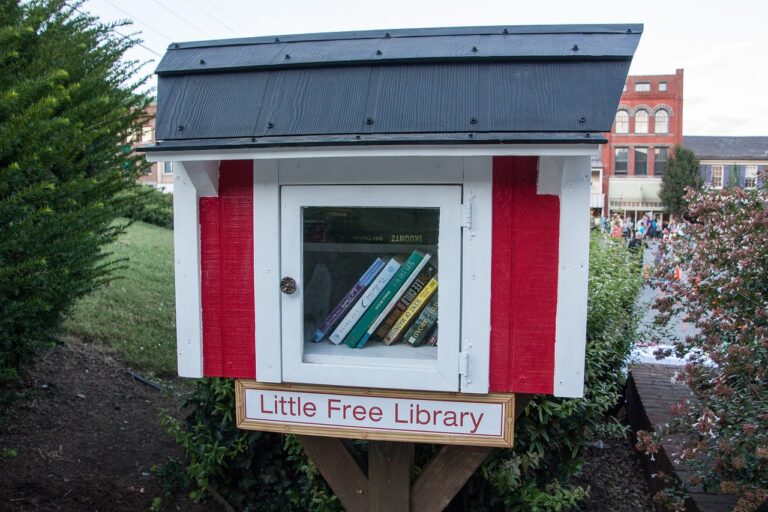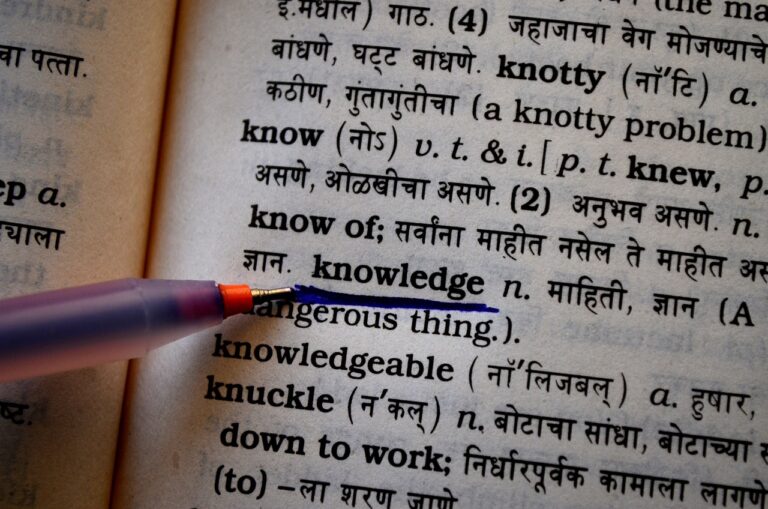The Impact of Charter Schools on Public Education
Charter schools have become an increasingly popular choice for many families seeking alternative options in the public education system. These schools operate independently from traditional public schools and are typically granted more autonomy in their curriculum and teaching methods. By offering specialized programs and unique learning environments, charter schools aim to cater to specific student needs and interests that may not be addressed in traditional public schools.
One key aspect of charter schools is the emphasis on accountability and performance outcomes. In exchange for the freedom to design their own educational models, charter schools are held accountable for meeting certain academic standards outlined in their charter agreements. This focus on results and accountability has led to a diverse landscape of charter schools, each with its own educational philosophy and approach to student achievement.
The Growth of Charter Schools and Their Influence on Traditional Public Schools
Charter schools have seen a rapid proliferation across the United States in recent years, offering an alternative option to traditional public schools. As the number of charter schools increases, so does their impact on the landscape of public education. With more students attending charter schools, traditional public schools are facing new challenges in terms of enrollment numbers and resource allocation.
One of the key influences of charter schools on traditional public schools is the competition they introduce into the education sector. As charter schools attract students with their unique educational approaches and specialized programs, traditional public schools are under pressure to adapt and improve in order to retain their student population. This competition can foster innovation and improvement in both types of schools, ultimately benefiting the students and the education system as a whole.
Financing Charter Schools: How Funding Allocation Impacts Public Education
Charter schools have become increasingly prevalent in the public education landscape, posing both opportunities and challenges for traditional public schools. One key factor that significantly impacts the relationship between charter schools and public education is funding allocation. The way in which funding is distributed to charter schools can have far-reaching consequences on the resources available to traditional public schools, shaping the educational experiences of students across the board.
When funding allocation to charter schools is not carefully regulated, it can result in disparities in resources between charter schools and traditional public schools. This imbalance can potentially exacerbate existing inequalities in the education system, further widening the gap in educational outcomes for students from different socio-economic backgrounds. As such, understanding and addressing the implications of funding allocation is crucial in ensuring equitable access to quality education for all students within the public education system.






